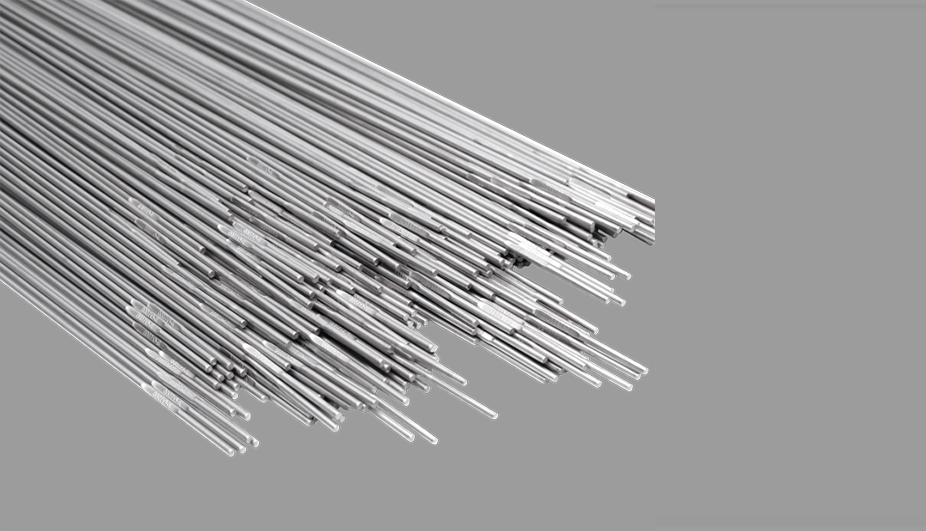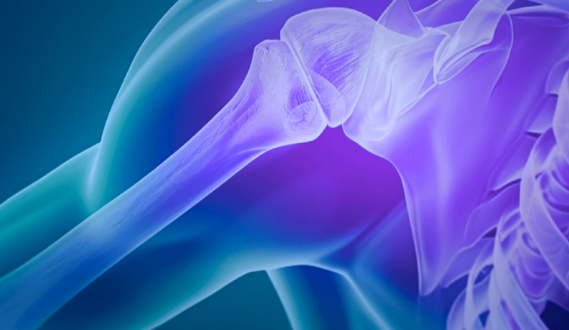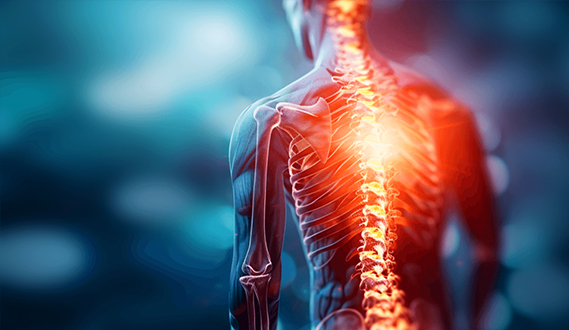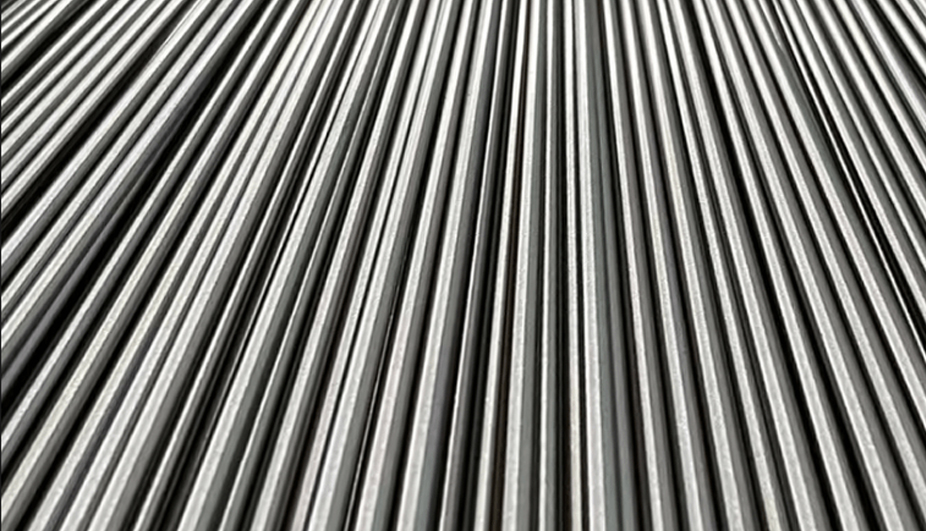Advantages
Iron-Chromium-Nickel ternary alloy
Better corrosion resistance
High wear resistance
High fatigue strength
High toughness
Disadvantages
Corrosion reduces long-term implant stability
Elastic modulus mismatch causes stress shielding.
Nickel ions cause allergies in ~20% of people, ~5% severely.
Poor bioactivity, hindering firm integration with biological tissue
Tendencies
Still the main material for bio-implants
Developing alloys with high corrosion, wear, fatigue resistance, and toughness.
Nickel-free or low-nickel high-nitrogen stainless steel offers excellent mechanics and corrosion resistance.











![[sort:name]](/images/meta_banner.jpg)




